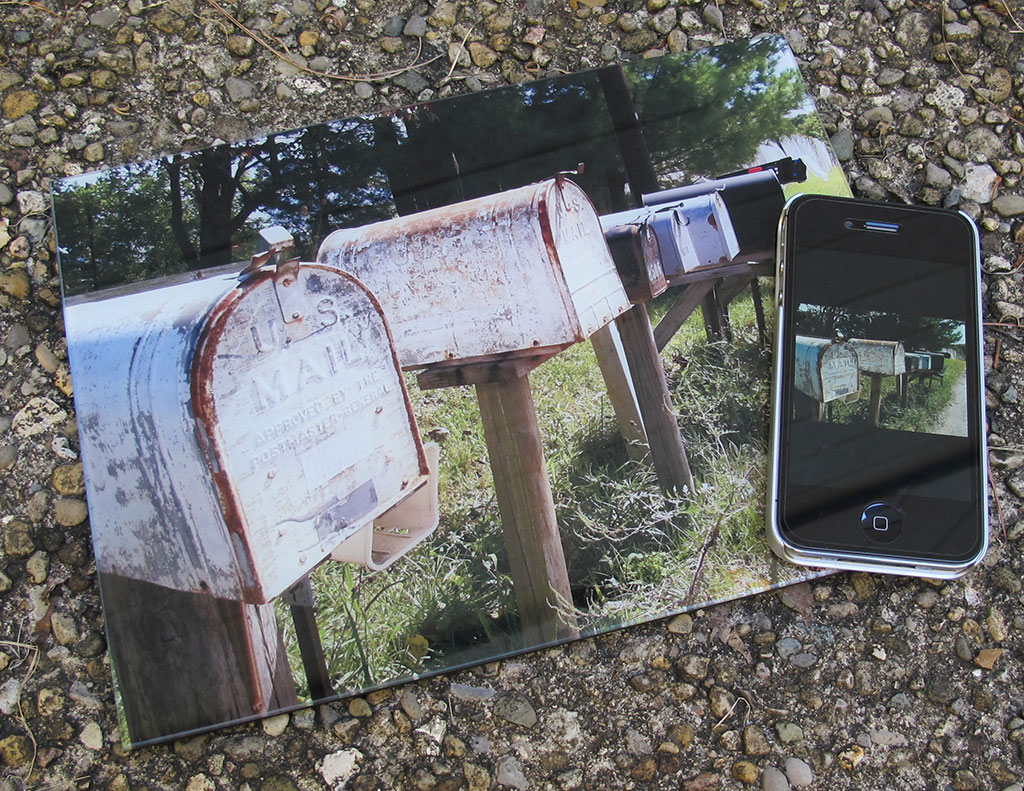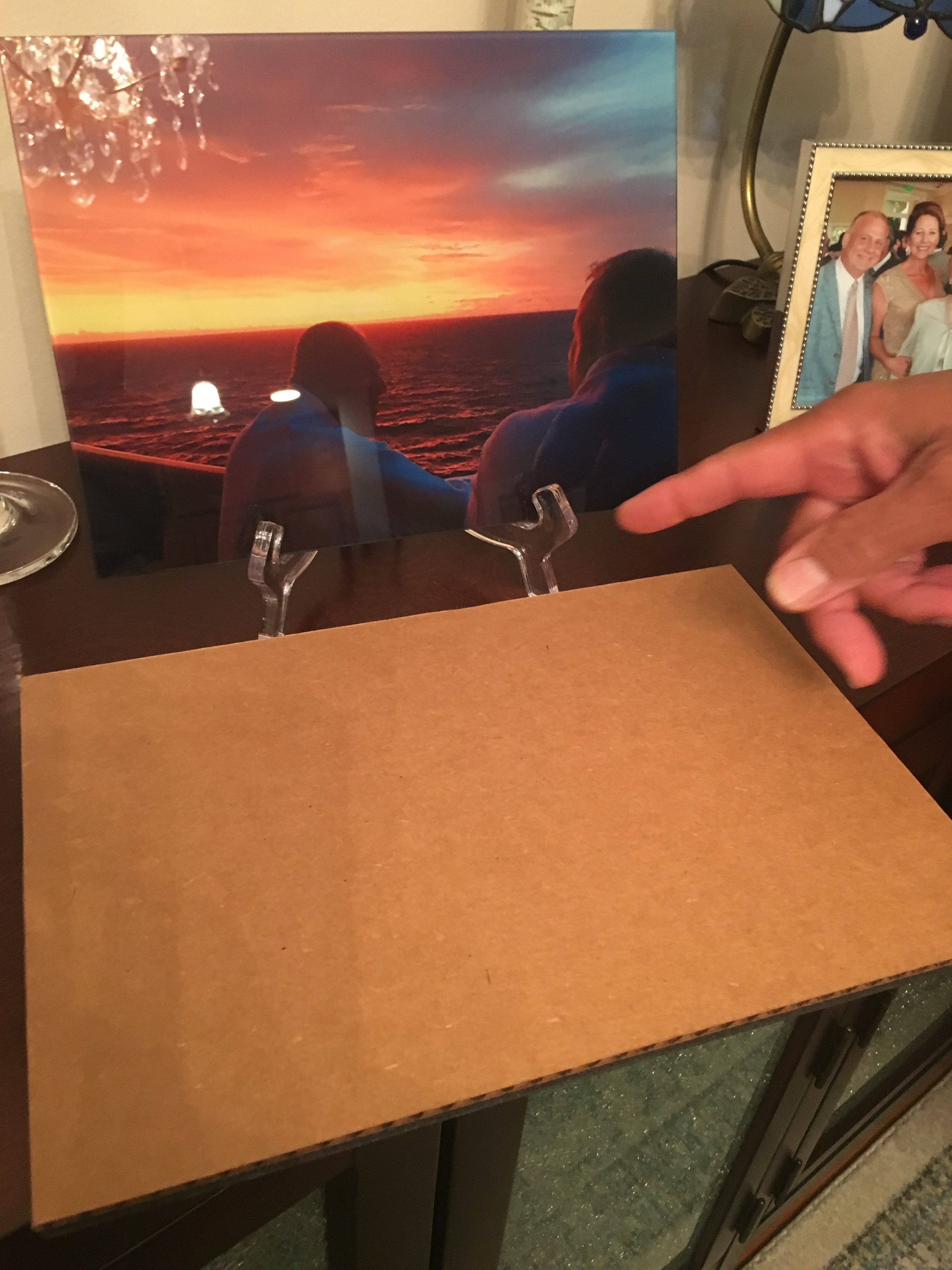

The source of the injury is usually a blunt object - baseball, hammer, rock, piece of lumber - and the most frequent place of injury is the home. The average age of the injured person is about 30. Men suffer from traumatic eye injuries about four times more often than women do. About 15% are caused by violent assaults. Direct orbital floor fracture - If an orbital rim fracture extends into nearby parts of the eye socket floor, both the rim and the socket floor are fractured.Ībout 85% of traumatic eye injuries, including eye socket fractures, happen by accident, during contact sports, at work, in car crashes or while doing home repair projects.Most blowout fractures are caused by an impact to the front of the eye from something bigger than the eye opening, such as a baseball, a fist or an automobile dashboard. The injured eye may not move normally in its socket, which can cause double vision.

This can cause a small hole in the floor of the eye socket that can trap parts of the eye muscles and surrounding structures. Indirect orbital floor fracture ("blowout fracture") - This occurs when the bony rim of the eye remains intact, but the paper thin floor of the eye socket cracks or ruptures.A frontal bone fracture or frontal sinus fracture involves the upper edge of the eye rim, which is part of the forehead's frontal bone. A zygomatic fracture involves the lower edge of the eye rim, which is part of the cheekbone. There are two types of orbital rim fractures. Even if the damage is limited to the eye area, there may be additional injuries to the eye itself, such as the optic nerve (responsible for vision), the eye muscles, the nerves that provide sensation in the forehead and cheek, the sinuses around the eye and the tear duct. Because a great deal of force is required to cause these fractures, they often occur with extensive injuries to other facial bones, and sometimes injuries to the brain.



 0 kommentar(er)
0 kommentar(er)
